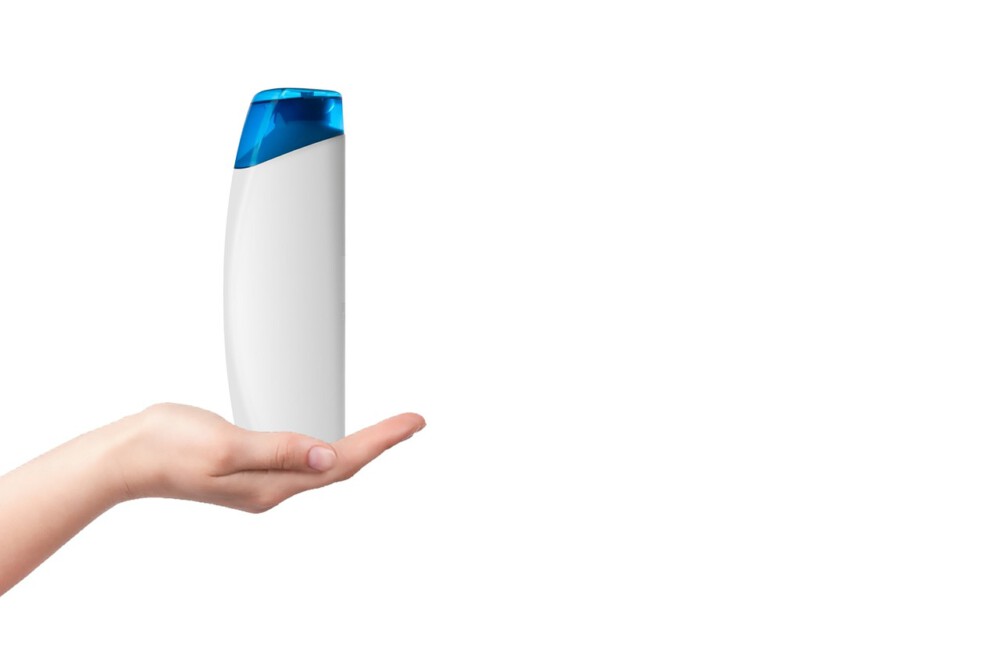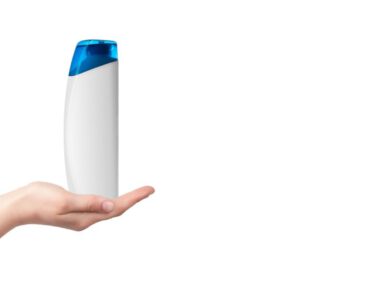When defining a cosmetic product, there are 4 aspects to consider:
- Ingredients: substances listed in Annex II of prohibited substances must not be present. If substances listed in Annex III of restricted substances are present in the formula, they must comply with the restrictions established. The colorants, preservatives and sunscreens allowed in cosmetics are listed in Annexes IV, V and VI respectively.
- Area of application: As the definition itself indicates (Article 2 section a of 1223/2009 Regulation), a cosmetic must be applied to the external parts of the body or to the teeth and mucous membranes of the oral cavity and external genital organs.
- Function: The exclusive or main function of a cosmetic product is to cleanse, perfume, modify body appearance, protect, maintain in good condition or correct body odors.
- Claims: Claims are important in defining whether a product can be considered as a cosmetic or has to be considered in another way and therefore be governed by another regulatory framework.
In this article we will focus on the latter point, looking at how claims must meet the cosmetic definition and comply with the European Regulation.
Claims include all texts, images or symbols used by a trademark to present the characteristics of a cosmetic product. They are an advertising and communication tool for the consumer. However, manufacturers cannot always claim what they want, as cosmetic claims are regulated by Commission Regulation (EU) 655/2013 laying down common criteria to which claims relating to cosmetic products must meet.
The common criteria described in Regulation (EU) 655/2013 are as follows:
- Compliance with legislation
- Truthfulness
- Facts supporting the claim
- Honesty
- Fairness
- Informed decision-making
Claims must comply with the definition of a cosmetic product. For this reason, we will not be able to claim that our product cures or treats any disease, as this is typical for drugs and/or medical devices. Likewise, claims such as “bactericidal, sanitising, virucidal” will not be allowed as the product will fall under the Biocidal Products Regulation.
Among other requirements, claims must be objective and not denigrate any legally used ingredient. The most common example is the claim “paraben-free” which should be banned in Europe, as it denigrates the entire paraben family, within which there are legally used parabens.
To conclude, all claims should contain information that enables the end user to make an informed choice and should be based on scientific evidence. They can be supported by consumer perception tests, in vivo tests, bibliographical research, properties of the ingredients that make up the product, in vitro tests, ex vivo tests, etc.
SHAPYPRO SUPPORT YOU
SHAPYPRO can support you by reviewing the labelling of your cosmetic products to ensure they comply with the current legislation. Please, do not hesitate to contact our experts for further information.
Email: n.carboni@shapypro.com
Phone: (+34) 654 759 751
Now you can dowNload our free e-book which helps to you ABOUT THE LABEL INDICATORS.
Fill in the following form and you will have access to our free eBook:


